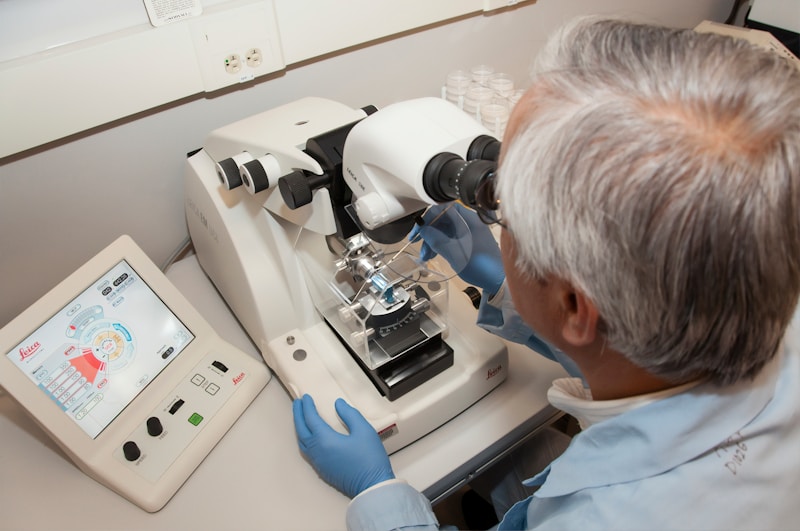18 Questions
Why do gases generally have greater entropy compared to solids and liquids?
Gases have particles that are further apart
What does entropy measure in chemistry?
Disorder
What happens to entropy as temperature increases?
Entropy increases
What change in entropy occurs when a substance melts or evaporates?
Sudden increase in entropy
What kind of entropy value do spontaneous reactions possess?
Positive entropy value
How does Gibbs Free-Energy help determine entropy without measuring effects on surroundings?
By allowing determination of ∆S values directly
What is lattice dissociation enthalpy?
The energy required to break apart an ionic lattice into its constituent ions in a gaseous state
What is the definition of atomisation enthalpy?
The energy required for the formation of a mole of gaseous atoms
What does the enthalpy of electron affinity measure?
Enthalpy change when adding electrons to atoms
What type of substances are lattice enthalpies used for?
Ionic substances
How are Born-Haber cycles related to Hess's Law?
They represent reactions as vectors
Which term describes the energy required to form an ionic lattice from its constituent ions?
Lattice formation enthalpy
What happens to the sign of the enthalpy change if the cycle counters the direction of the arrow?
It becomes negative
How is enthalpy of solution defined?
The enthalpy change when an ionic solid is dissolved in water to infinite dilution
What is enthalpy of hydration defined as?
The enthalpy change when gaseous ions are dissolved in water
Why is enthalpy of hydration nearly always negative?
Because water has a positive region that attracts negative ions
In the perfect ionic model, what assumption is made about the ions?
They are perfectly spherical and show no covalent character
How are enthalpies of solution and hydration combined to form an energy cycle?
Through a similar idea to Hess's Law
Study Notes
Entropy and Thermodynamics
- Gases generally have greater entropy compared to solids and liquids due to the higher disorder and randomness of their molecular arrangements.
- Entropy measures the disorder or randomness of a system in chemistry, typically denoted as 'S' and measured in units of J/K.
- As temperature increases, entropy also increases, indicating a greater degree of disorder or randomness in the system.
- When a substance melts or evaporates, its entropy increases due to the increased disorder of its molecular arrangement.
Thermodynamic Properties
- Spontaneous reactions possess a negative entropy change, indicating an increase in disorder or randomness.
- Gibbs Free-Energy (ΔG) helps determine entropy without measuring effects on surroundings by considering the energy available to do work.
Enthalpy and Lattice Energy
- Lattice dissociation enthalpy is the energy required to separate one mole of an ionic solid into its constituent gaseous ions.
- Atomisation enthalpy is the energy required to completely break down a mole of a substance into its individual atoms.
- Enthalpy of electron affinity measures the energy change when an electron is added to an atom or molecule.
- Lattice enthalpies are used for ionic substances, which involve the energy required to form an ionic lattice from its constituent ions.
Thermochemical Cycles
- Born-Haber cycles are related to Hess's Law, which states that the total enthalpy change in a reaction is equal to the sum of the enthalpy changes of the individual steps.
- The energy required to form an ionic lattice from its constituent ions is described by the lattice enthalpy.
- If the cycle counters the direction of the arrow, the sign of the enthalpy change is reversed.
Enthalpy of Solution and Hydration
- Enthalpy of solution is the energy change when one mole of a substance dissolves in a solvent.
- Enthalpy of hydration is the energy change when a mole of a substance is surrounded by water molecules, typically resulting in a negative value due to the stabilization of the solute.
- Enthalpies of solution and hydration are combined to form an energy cycle, allowing the calculation of lattice enthalpies.
Ionic Model Assumptions
- In the perfect ionic model, it is assumed that the ions interact only through electrostatic forces, ignoring any covalent character or van der Waals forces.
Explore detailed notes on Born-Haber cycles in AQA Chemistry A-level 3.1.8, which are essential for determining enthalpy changes in ionic substances. Learn how to use Born-Haber cycles similar to Hess's Law cycles to calculate lattice enthalpies.
Make Your Own Quizzes and Flashcards
Convert your notes into interactive study material.


